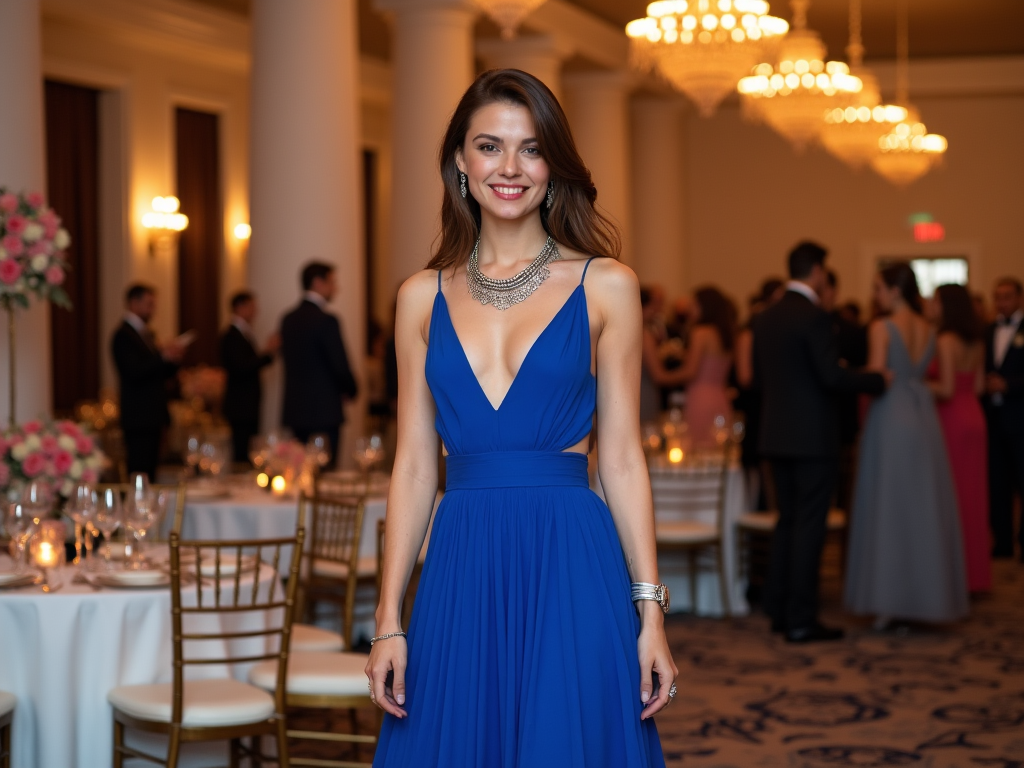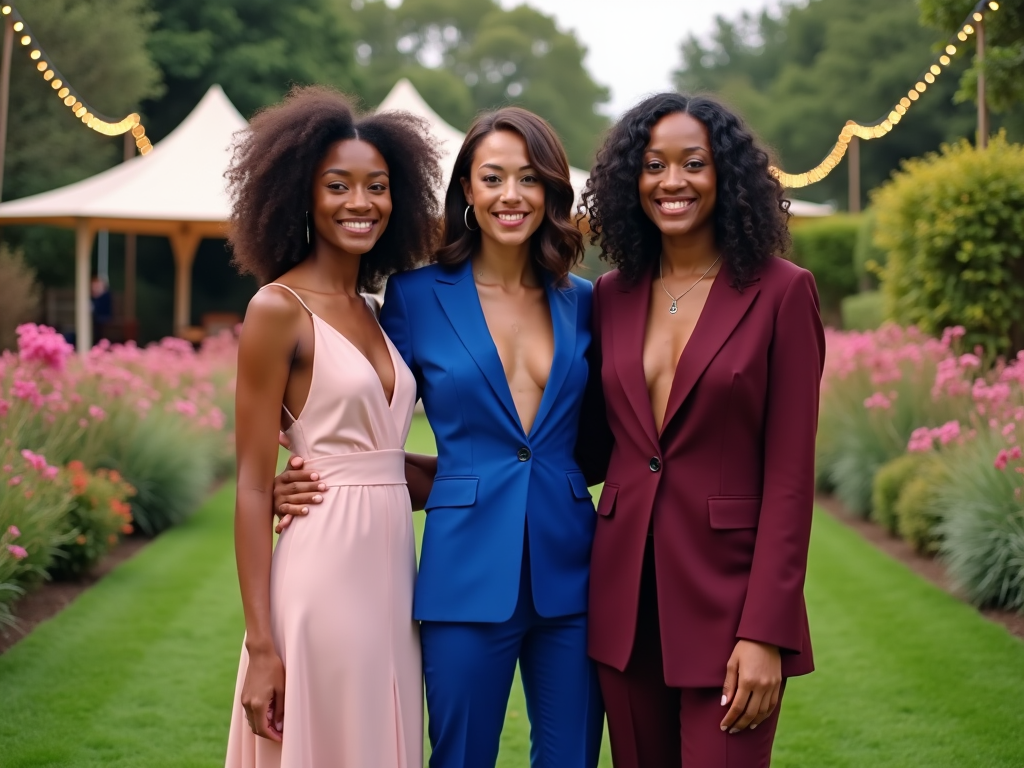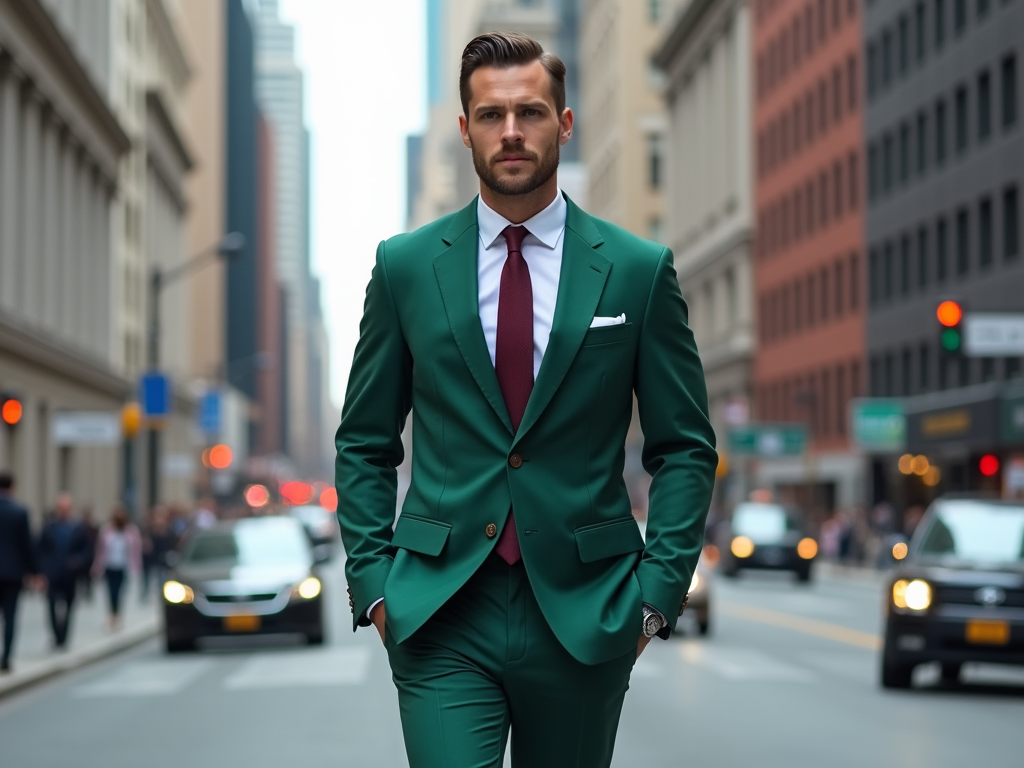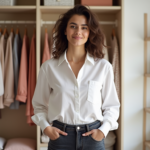Style Guide: Embracing Color Trends in Formal Attire
When it comes to formal attire, many people often find themselves reaching for the go-to classics like black, navy, or gray. However, embracing color trends can significantly elevate one’s style, offering a fresh and contemporary twist to traditional formal wear. This article aims to explore how fashion enthusiasts can successfully integrate vibrant color trends into their formal wardrobe, ensuring a stylish yet elegant appearance.
The Importance of Color in Formal Attire

Color plays a crucial role in how an outfit is perceived. It can affect mood, express personality, and make a statement before you even utter a word. In the realm of formal attire, colors can often make or break an ensemble. A well-chosen hue can transform a conventional look into a fashion-forward statement, reflecting confidence and boldness. Traditional colors like black and navy are considered safe, but exploring modern palettes can invigorate your style.
The color you choose should align with both the occasion and your personal style. For formal events, earthy tones, pastels, and jewel tones have steadily gained popularity. By carefully selecting a color that complements your skin tone and the occasion, you can ensure your attire is both appropriate and eye-catching.
Trendy Colors for Modern Formal Attire

Staying ahead of fashion trends involves keeping an eye on the seasons’ most popular colors. Over recent years, several impressive shades have made their mark in formal fashion, offering a fresh perspective on classic formal dressing. Here are some of the noteworthy trends:
- Emerald Green: This is a timeless hue that exudes elegance and sophistication, ideal for evening events.
- Pale Pink: Also known as ‘millennial pink,’ this color brings a subtle touch of charm and gentleness, often used in spring and summer collections.
- Burgundy: A rich and deep option perfect for fall, adding warmth and luxury to any ensemble.
- Cobalt Blue: Offers a vibrant alternative to navy, maintaining professionalism while adding personality.
- Metallic Silver: Perfect for evening events, adding a hint of sparkle and sophistication.
How to Incorporate Color Trends into Your Formal Wardrobe
Incorporating colorful trends into your formal attire need not be an overwhelming task. Start small, with accessories, to gradually introduce color into your routine. For example, consider a colorful tie, pocket square, or scarf to add a hint of contrast to a classic suit or dress. As you gain confidence, you can begin integrating larger pieces, such as a blazer or pants, in the trendy color of your choice.
When matching colors, be mindful of complementary and contrasting hues. Outfits should maintain a balance, ensuring colors do not clash. Here’s a handy step-by-step guide on how to smoothly integrate color trends:
- Start with Accessories: Experiment with colorful ties, socks, or jewellery.
- Introduce Statement Pieces: A blazer or elegant shawl can add vibrant flair.
- Consider Patterns: Stripes, checks, or subtle prints can break the monotony.
- Mind the Balance: Ensure the color doesn’t overshadow your personal style.
- Stick to the Occasion: Bright colors might be inappropriate for more solemn events.
Understanding the basics of color coordination is essential when embracing color trends. A successful outfit depends on combining colors that blend harmoniously. Use a color wheel to help identify complementary colors, which are opposite each other on the wheel, such as blue and orange. Similarly, analogous colors, which are next to each other, like blue, green, and purple, can create a unified look.
Skin tone and eye color should also play a role in your color decision-making process. Warm skin tones tend to look best in earthy shades and rich colors like red, orange, and yellow. Cooler skin tones can carry jewel tones and pastels beautifully. Using these guidelines, you can seamlessly integrate trendy colors while maintaining a flattering and fashionable appearance.
Conclusion
Embracing color trends in formal attire not only refreshes your wardrobe but also projects positivity and confidence. By experimenting with various hues and incorporating them into your style sensibly, you can stand out in formal settings with ease. Whether you start with a subtle accessory or dive in with a full ensemble in a bold color, the key is to maintain elegance and ensure it aligns with both the occasion and your personal flair. Stay ahead with the latest color trends and make a memorable impression at any formal event.
Frequently Asked Questions
1. How can I determine which colors suit me best?
You can determine which colors suit you best by identifying your skin tone. Warm skin tones typically suit earthy and muted colors while cool tones do well with blues, purples, and vivid hues.
2. Are there any colors to avoid in formal settings?
Bright neon colors and overly busy patterns can be distracting in formal settings, so it’s best to keep them minimal or avoid them entirely.
3. Can I wear the same color trend in different seasons?
Yes, you can! However, consider the shade and texture of the fabric. Lighter shades and fabrics work well in warmer months, while deeper shades and heavier materials are suited for colder seasons.
4. How can I incorporate color if I’m uncomfortable with bold shades?
Start with small accessories like a colorful watch or cufflinks. You can also opt for subtle patterns that incorporate the colors without being overpowering.
5. Is monochrome formal attire acceptable?
Absolutely. Monochrome outfits can be very stylish when done correctly. Pick a shade that complements your skin tone and use textures to add depth to the outfit.


